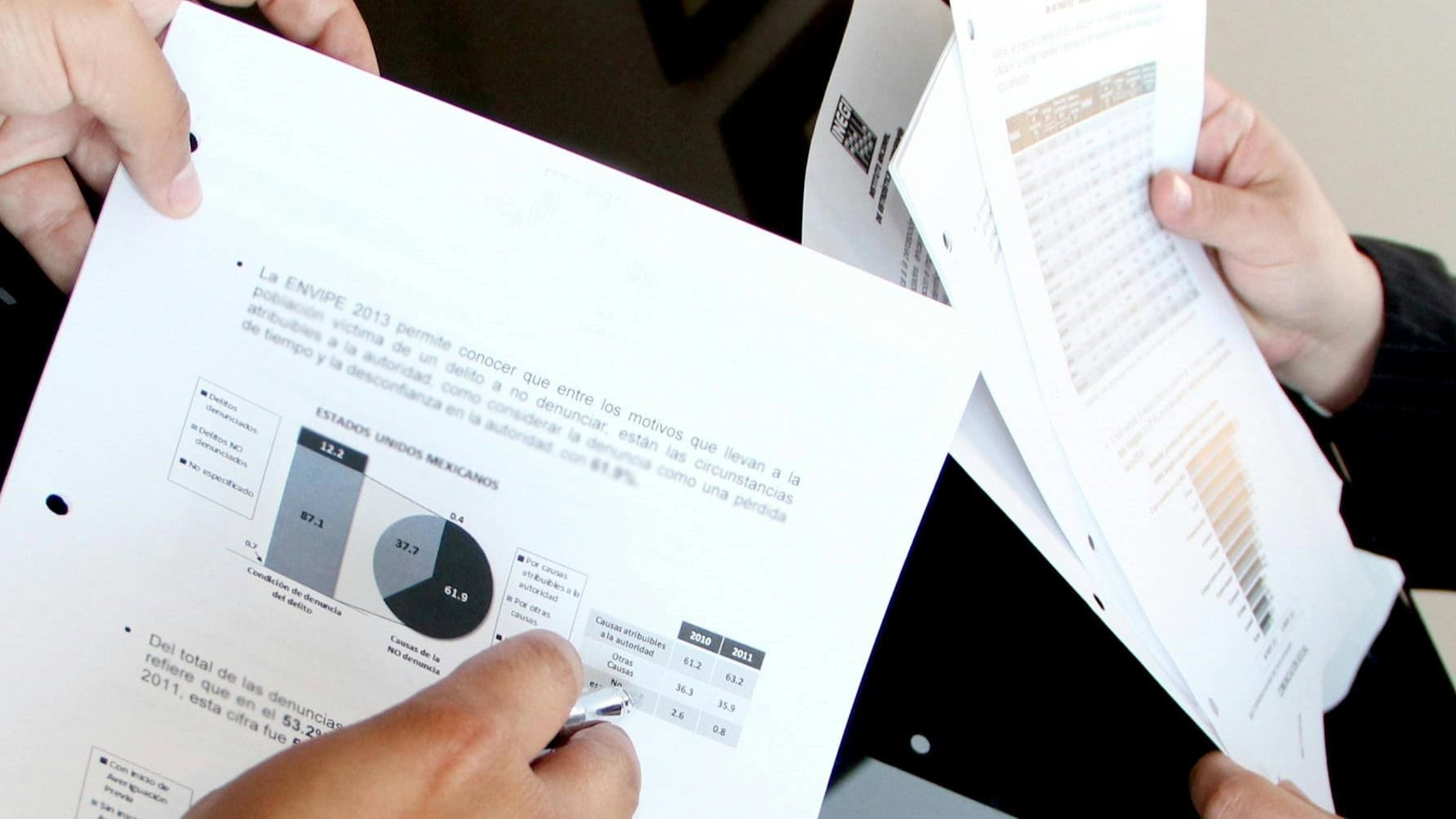Mastering Return Metrics for Strategic Real Estate Investment Decisions
Return metrics are some of the key components for assessing commercial real estate investments. They give professionals an insight into the potential gains and risks associated with various properties. But which return metrics are most useful for all the various investment scenarios or risk profiles? Or, is there a single return metric that can guide your investment decision in all cases? In this article, we’ll explore some of the common pitfalls and the potential of return metrics to equip you with the knowledge you need to make informed decisions. As you will read, there are multiple factors to consider.
Note: This article is based on insights from an episode of the A.CRE Audio Series, which you can listen to or watch by clicking here.
An Analysis of Return Metrics
Beyond Single Metrics
Investing in commercial real estate often requires a nuanced approach that extends beyond the conventional reliance on just one popular metric such as Internal Rate of Return (IRR) or Cash on Cash (CoC) return. While these metrics are valuable, they only provide a snapshot of certain financial aspects of an investment. To truly gauge the potential and viability of a real estate opportunity, investors must adopt a comprehensive approach that includes a diverse set of metrics. This broader evaluation should incorporate considerations like Net Present Value (NPV), equity multiples, and the overall risk profile of the project.
By integrating these various metrics, you can understand the different dimensions of the investment, such as cash flow predictability, capital appreciation potential, and the impact of leverage on returns. Such a multi-faceted analysis helps to identify not only the strengths and opportunities of a property but also its vulnerabilities and risks, leading to more informed and strategic decision-making in the dynamic landscape of commercial real estate.
Understanding the Pitfalls of Using a Single Return Metric
In addition, in CRE, you may frequently encounter significant risks if you depend exclusively on a single financial metric. A high IRR, for instance, can initially seem enticing, suggesting a good return on investment over the project’s lifespan. However, IRR alone might not accurately reflect the financial health of a property if it doesn’t take into account the timing and distribution of cash flows throughout the investment period. If most of the returns are projected to occur in the later stages of the investment, this could pose liquidity risks and financial strain in the early years.
Similarly, CoC returns provide useful insights into the immediate liquidity of an investment by measuring the cash income generated relative to the cash invested. This metric is particularly valuable for investors who prioritize regular cash flow, such as those requiring steady income streams for operational needs or debt service. However, CoC returns may be misleading if used as the sole indicator of an investment’s overall profitability since they do not consider the total return over the entire holding period, including capital gains realized upon sale.
To make well-rounded investment decisions, these metrics must be contextualized within the broader financial landscape of the project. For instance, while a high IRR suggests good overall profitability, it may also imply higher risk or an aggressive discount rate. Conversely, a strong CoC return might indicate good short-term performance but overlook long-term potential and capital appreciation. Therefore, investors should employ a balanced approach, using multiple metrics to capture both immediate returns and long-term profitability, ensuring a comprehensive understanding of both the risks and rewards associated with their real estate investments.
The Power of Holistic Evaluation
Using a diverse array of metrics—such as IRR, equity multiple, and NPV—in conjunction offers a comprehensive evaluation that encompasses both the immediate financial outcomes and the long-term potential of an investment. This approach ensures a more balanced assessment that mitigates the risks of relying heavily on a single metric.
For example, consider a hypothetical investment scenario involving a minor league baseball stadium. Initially, the investment might display a strong average annual CoC return, suggesting a profitable scenario based on immediate cash flows. However, the true test of the investment’s viability lies in its long-term sustainability and the strategic exit plan. In this case, the stadium’s future is compromised by the lack of a long-term tenant, as the minor league team plans to relocate to a new venue at the end of their lease. Furthermore, the anticipated costs for demolishing the stadium to repurpose the land can significantly impact the total returns.
The costs of demolition and the lack of a follow-up tenant turn what seemed like a profitable venture based on initial returns into a potential financial pitfall. This scenario underscores the importance of considering long-term viability and exit strategies. Employing a comprehensive set of metrics allows investors to anticipate potential challenges and evaluate the investment’s resilience over its entire lifecycle. Metrics like the equity multiple and NPV provide additional layers of financial insight, revealing how much value the investment returns over the total cost and the present value of its cash flows, respectively.
Thus, a holistic view that includes both short-term performance indicators and long-term financial projections can guide investors in making more informed decisions, avoiding pitfalls associated with superficially attractive returns that may not hold up under long-term scrutiny.
Strategic Application of Return Metrics
Aligning Return Metrics with Investment Goals
In the realm of real estate investment, aligning return metrics with your strategic investment goals and intended investment horizon is crucial. Different investments might require a focus on varying financial metrics based on your objectives. For instance, if the primary goal is stable cash flow, metrics like cash-on-cash return and net operating income (NOI) provide better insight into the liquidity and regular income potential of the property. On the other hand, if you’re looking for capital appreciation, metrics such as equity multiple and potential future value (PFV) would be more relevant, as they reflect the long-term value growth of the investment.
Investors aiming for a blend of both cash flow and appreciation need to incorporate a combination of these metrics to create a balanced portfolio that mitigates risks while maximizing returns. By carefully selecting which metrics to emphasize, you can ensure you’ve tailored your strategy to meet your specific financial goals and provide a strategic roadmap for selecting and managing your investments.
Regular Re-evaluation
Finally, the dynamic nature of the real estate market necessitates a flexible approach to investment evaluation. Economic fluctuations, changes in interest rates, market saturation, or demographic shifts can all influence the performance of real estate assets. Regular re-evaluation of return metrics allows investors to remain adaptable and responsive to such changes. By periodically reviewing the chosen metrics—such as recalculating the IRR based on updated cash flow projections or re-assessing the equity multiple in light of fluctuating market values—you can gauge the ongoing suitability of your investments against your initial expectations and market realities.
This process of regular review not only helps in fine-tuning investment strategies but also in making informed decisions about holding, selling, or further investing in properties. Such proactive management is essential for aligning with long-term investment goals, adjusting strategies in response to market conditions, and ultimately ensuring the sustained success of real estate investments.
Conclusion
Return metrics, when used correctly and in combination, can significantly enhance your decision-making process with your commercial real estate investments. By understanding and applying these metrics wisely, you can navigate the complexities of the market more effectively and maximize your investment outcomes.
Frequently Asked Questions about Mastering Return Metrics for Strategic Real Estate Investment Decisions
Why shouldn’t I rely on just one return metric like IRR or CoC?
Relying solely on one metric, such as IRR or Cash on Cash (CoC), can be misleading. As stated in the article, “a high IRR… might not accurately reflect the financial health of a property if it doesn’t take into account the timing and distribution of cash flows.” Similarly, CoC returns don’t reflect total profitability or capital gains. A multi-metric approach provides a fuller picture of risk and return.
What are the most important return metrics in CRE investment?
Key metrics include Internal Rate of Return (IRR), Net Present Value (NPV), Equity Multiple, and Cash on Cash Return. Each serves a different purpose—IRR reflects overall profitability, NPV indicates the present value of future cash flows, equity multiple shows return relative to invested capital, and CoC focuses on near-term liquidity.
How can focusing on short-term metrics be risky?
Short-term metrics like CoC may look favorable initially but miss risks such as long-term viability. The article provides an example: “a minor league baseball stadium… initially displays strong CoC returns… [but] lacks a long-term tenant… turning a seemingly profitable venture into a potential financial pitfall.”
How does a holistic evaluation of return metrics help?
A holistic approach—using IRR, NPV, and equity multiple together—“offers a comprehensive evaluation that encompasses both the immediate financial outcomes and the long-term potential of an investment.” It helps reveal vulnerabilities, anticipate challenges, and guide strategic decisions.
Which metrics align best with different investment goals?
For cash flow-focused strategies, use CoC and Net Operating Income (NOI). For appreciation-driven goals, prioritize equity multiple and Potential Future Value (PFV). If blending both, combine multiple metrics to capture different return dimensions.
Why is regular re-evaluation of return metrics important?
Real estate markets are dynamic. The article emphasizes: “Regular re-evaluation… allows investors to remain adaptable and responsive.” This includes updating IRR with new cash flow data and assessing metrics against current market conditions to inform hold, sell, or reinvest decisions.
Can a high IRR ever be a red flag?
Yes. While attractive, a high IRR may “imply higher risk or an aggressive discount rate.” It could also signal that returns are heavily backloaded, increasing liquidity risk in early years.
What’s the best strategy for using return metrics effectively?
Use multiple metrics in tandem and align them with your investment objectives and horizon. Regularly revisit and adjust these metrics in response to new data and market changes for more strategic, risk-aware decision-making.









